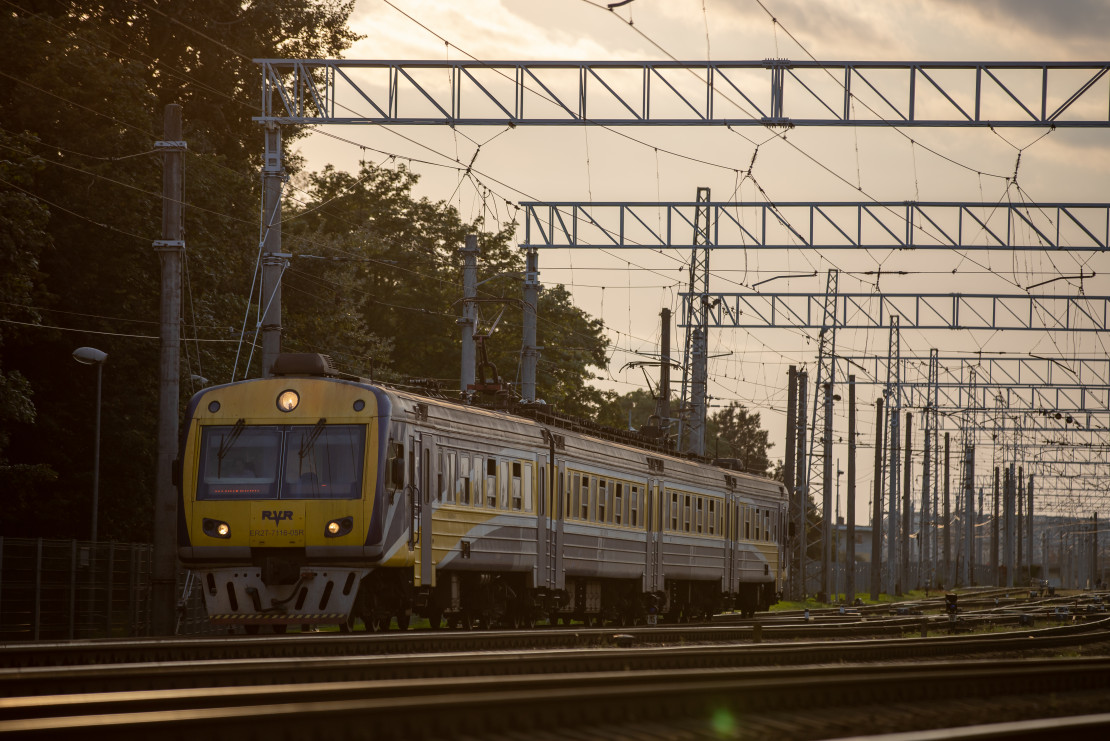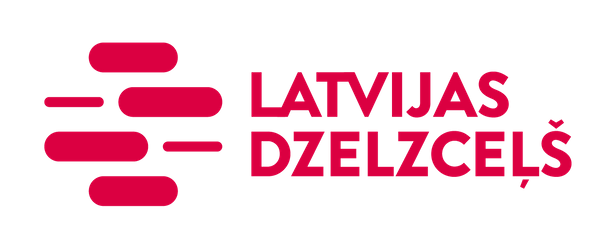
In order to reduce the time spent by trains travelling between terminals and to improve traffic safety at level crossings, a project to increase maximum train speeds will be implemented by the end of 2023 following significant modernization of Lielvārde - Skrīveri and Riga - Jelgava railway sections.
During the project, railway infrastructure will be modernized along more than 100 kilometres of the two railway lines: new traffic signals and automatic barriers will be installed at level crossings, geometry of railway curves and electric contact systems will be redesigned, and other work will be carried out to achieve that trains can travel at speeds of up to 140 km/h in certain areas.
Māris Kleinbergs, Chairman of the Board at SJSC “Latvijas dzelzceļš”: “This and next year mark the beginning of a new, higher quality stage in development of the railway network and passenger transport in Latvia. “Latvijas dzelzceļš” is currently simultaneously implementing three ambitious railway infrastructure development projects: modernization of railway platforms, setting up fences and arranging pedestrian crossings, and this one – increasing maximum train speeds on two railway lines. All these projects will significantly contribute to the popularity and use of railways for public transport.”
The total amount of the contract for increasing maximum train speed is EUR 57,938,490, of which 85% or EUR 49,247,716.50 will be covered by co-financing from the Cohesion Fund, and the remaining 15% - by own financial resources of LDz. The deadline for implementation of the project in accordance with the contract signed with economic operator association BMGS-FIMA-ALSTOM is December 17, 2023.
Implementation of the project “Modernization of railway infrastructure to increase the speed of trains: construction” has also been affected by global developments – the cost and availability of materials, changes in supply chains and the resulting delays in deliveries. Therefore, in order to ensure implementation of the project co-financed by the European Union’s Cohesion Fund by the agreed deadline and to keep co-financing intact, it was necessary to reduce the scope of procurement activities in certain areas (number of newly built pedestrian crossings, fencing amounts, also the scope of track construction works where possible), without altering the requirements and technical specifications of the work to be performed. Furthermore, it is important to point out that, regardless of the reduced work volumes, the objectives of the project will be achieved –the speed of trains will be increased and modernization of overhead lines will be completed.
The speed of passenger trains is one of the most important factors that decide whether residents choose trains for their daily commute. During the last few years, LDz has already carried out infrastructure upgrades at several railway sections in order to increase the maximum speed of trains, and currently the maximum speed of passenger trains is 120 km/h.

